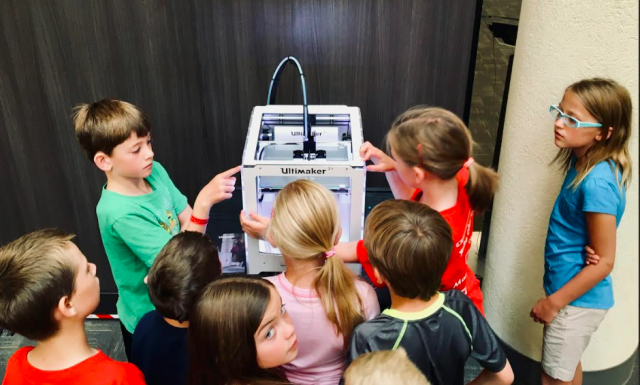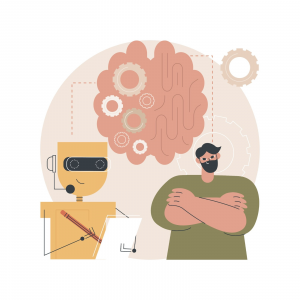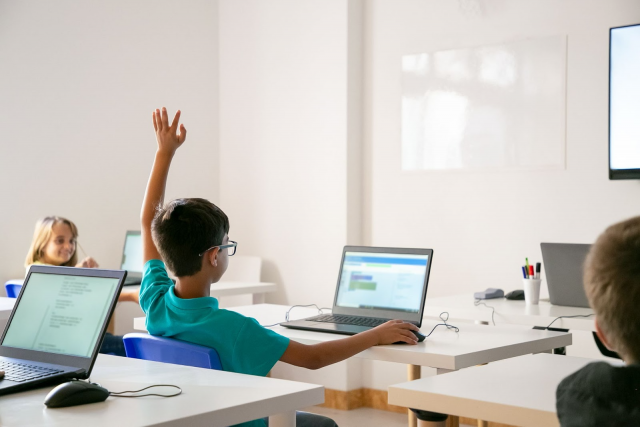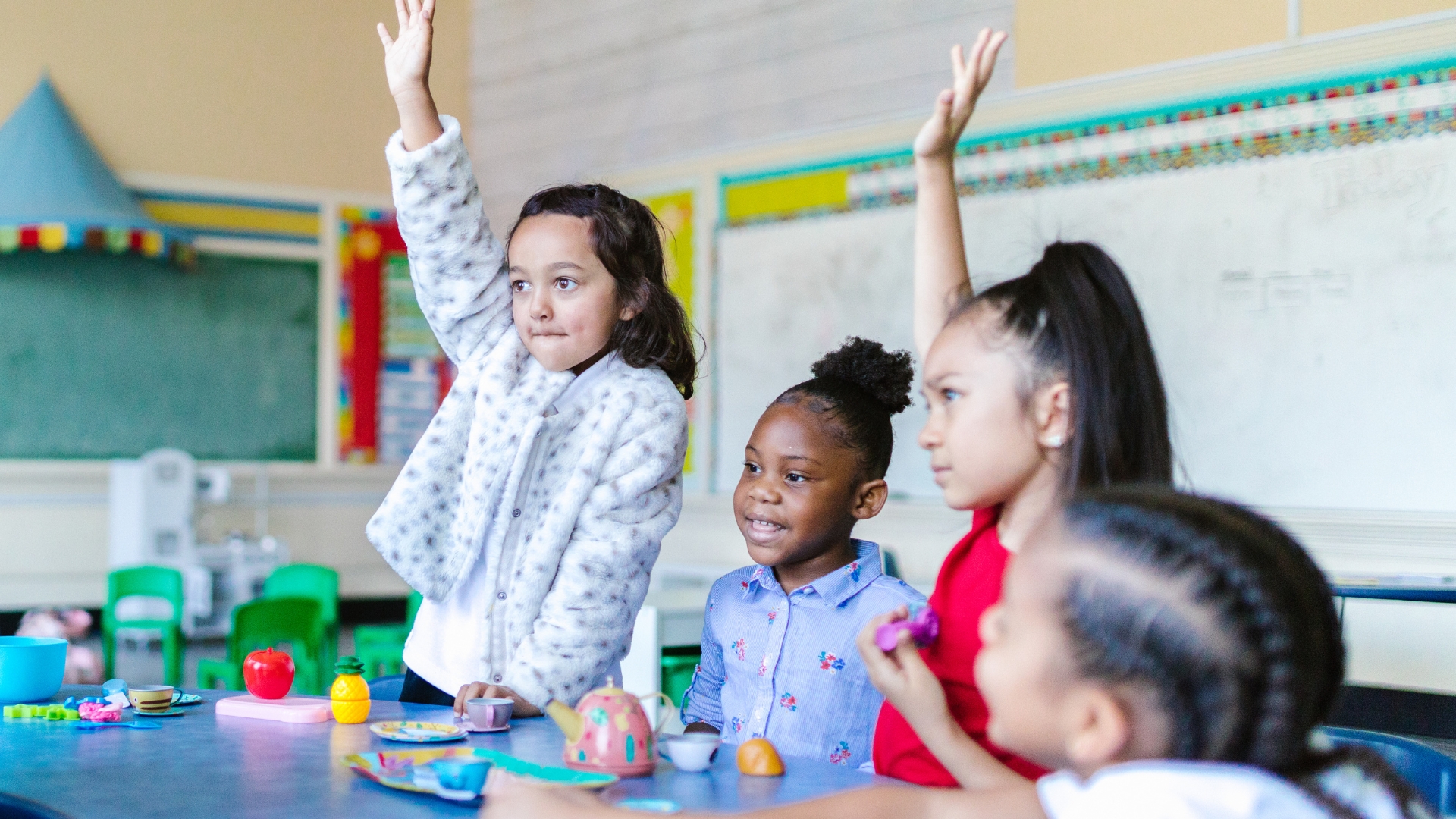The first known educational institutions emerged thousands of years ago. Ancient Mesopotamian students studied mathematics, law, religion and cuneiform – a type of writing system. Teaching has come a long way since then. Today, technology helps teachers create personalized, inclusive learning environments in the modern age.
Inclusivity is fundamental to education because it ensures equitable access to positive learning outcomes. It’s beneficial to everyone and particularly important for international teachers who work with diverse student populations.

However, international teachers with a large class size, limited resources or complex material might find fostering an inclusive learning environment challenging. Artificial intelligence (AI) can bridge the gap, helping them connect with students in new ways.
Enhancing classroom inclusivity with AI
There are several ways teachers can use this technology, depending on their needs and class type.
1. Improve assistive technology
AI can translate and simplify language for students with language processing difficulties. It can also help bridge the gap for international classes where the native language differs from the one taught or there are multiple languages or dialects spoken in the classroom. While AI is particularly useful for teaching vocational skills, it can also apply to academic subjects like history.
Teachers could use this solution to make education more inclusive. For instance, in one study, AI-driven data analysis revealed students with autism paid significantly less attention to writing when the pressure they applied to their pens waned. Researchers used that finding to develop a prototype that alerts the pen’s user to the change in pressure, prompting them to refocus.
2. Monitor early signs of failure
An AI-powered early detection system can review grades, monitor attention and log behavioral problems to detect early signs of disengagement. It can identify subtle factors like waning pen pressure or time spent nodding off in class. With this real-time feedback, educators can prevent anyone from falling behind.
3. Generate multisensory lessons
Even though a single classroom can contain many learning styles, teachers can only vary their teaching style so much without assistance. Visual learners do better when working with visuals, like graphics and images, while auditory learners prefer to listen to directions and spoken answers. There are also reading and kinesthetic learners to consider.
AI can generate multisensory lesson plans that appeal to each one of these categories. A generative model can develop unique, easy ways to make lessons and assignments accessible to all types of learners. International educators can input limitations like time frame, budget or software availability to ensure the ideas are possible to implement.

4. Personalize learning plans
AI can develop personalized learning plans based on test scores and assignment reviews. It can use this data to create custom assignments, quiz questions or lesson plans, helping students progress in their problem areas.
Unlike conventional personalized learning plans, these aren’t created at the beginning of each year or quarter for a handful of individuals. Instead, they can adapt to changes in grades and comprehension as new data emerges. This way, children can always strengthen their weakest subject areas.
5. Create a personal assistant
A chatbot can become a teaching assistant, fielding questions, grading papers, recording attendance or logging disruptive behavior. Educators can use it to streamline the administrative side of things, enabling them to devote more attention to classes that require it.
In Sydney, Australia, one senior lecturer regularly taught classes with over 500 students, which made administrative tasks tedious. He created a chatbot to answer the questions his students typically asked his teaching assistants. The chatbot could answer in seconds and even provide relevant video clips from past lectures, streamlining the process.

6. Facilitate cultural sensitivity
International teachers can use AI to facilitate cultural awareness and sensitivity. AI can help teachers and students learn about each other’s backgrounds, home countries, values, cultural traditions and education-related expectations. This way, both parties can increase their cultural understanding and avoid offending one another.
The beauty of this strategy is that it works even if it goes wrong. Some algorithms have built-in biases because they were trained on skewed data. If the class presents bias-filled findings, education professionals can turn their cultural sensitivity lesson into a teaching moment.
The class must be taught that this technology isn’t absolute. That it can – and does – make mistakes. The more they know about hallucinations and algorithmic bias, the better they can avoid it. Moreover, it can teach them to deconstruct other stereotypes, potentially reducing bullying and fostering inclusion. For international teachers, such a lesson is vital.

AI-powered inclusive learning environments
Like all new technologies, intelligent algorithms aren’t perfect. Although classrooms have come a long way since Mesopotamian students spent hours writing cuneiform on clay tablets, there is still progress to be made. Education professionals should address the potential drawbacks of AI with their class to solve any unexpected issues before they snowball.
Connect with Zac Amos
Stay connected with Zac Amos on X and LinkedIn for more insights and updates.




